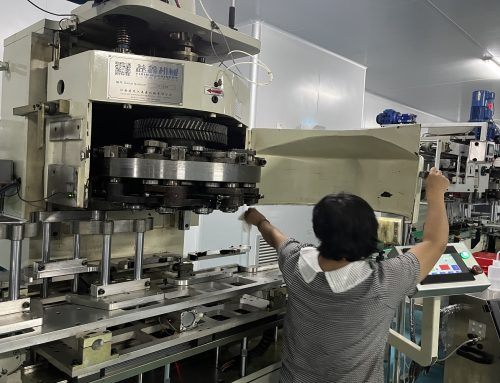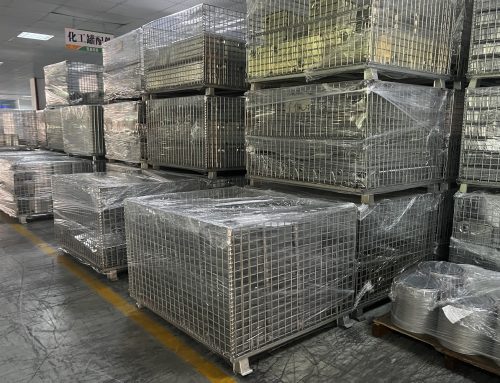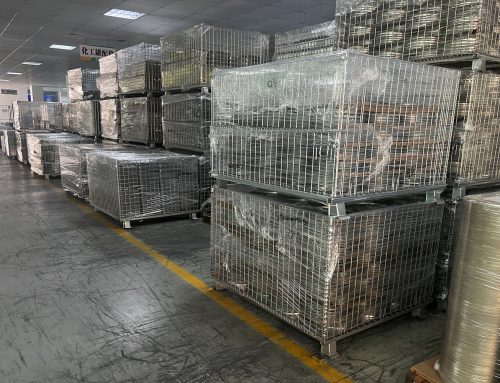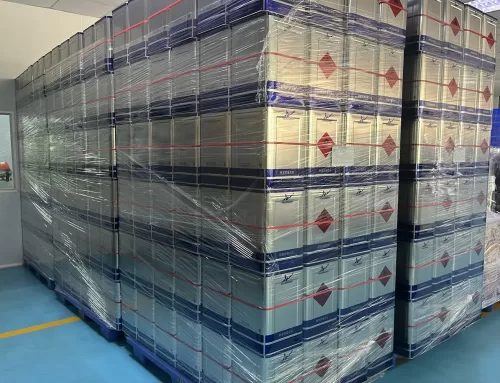The main types of coatings currently used for cans include epoxy phenolic coatings, epoxy amine coatings, organic sol coatings, vinyl coatings, polyester coatings, acrylic coatings, and epoxy ester coatings. Below is a brief introduction to the characteristics of various resins, as well as the performance and applications of coatings made from them.
Epoxy Phenolic Coatings:
Epoxy phenolic coatings are formulated with epoxy resin and phenolic resin in a certain proportion. They are widely used in the field of metal packaging for cans, particularly as internal coatings for beverage and food cans.
Epoxy resin refers to a high molecular polymer that contains two or more epoxy groups. It consists mainly of aliphatic, cycloaliphatic, or aromatic segments as the main chain. The epoxy group is the characteristic functional group of epoxy resin, and its content is the most important indicator of this resin. For the inner coatings of beverage and food cans, high molecular weight epoxy resins such as Type 7 and Type 9 epoxy resins, or even higher molecular weight epoxy resins, are usually required. These resins exhibit excellent impact strength and toughness. Due to the presence of numerous oxygen-containing groups on the molecular chains, they also have excellent adhesion. Phenolic resin is a resin obtained by condensation reaction between phenolic monomers and aldehyde monomers. It is composed of numerous methylene (CH2-) and rigid phenolic connections. The structure contains a large number of polar hydroxyl groups, resulting in a rigid molecular structure and poor flexibility. The hydroxymethyl groups on the molecules further cure to form a three-dimensional network structure composed of C-C bonds. Due to its compact structure, it is relatively stable against various chemical substances, making phenolic resin highly resistant to corrosion, especially to acids. Therefore, epoxy phenolic coatings combine the advantages of both resins:
- Good adhesion to metal substrates.
- Excellent processability.
- Excellent chemical resistance (sulfur and acid resistance in food packaging).
- Good heat resistance and abrasion resistance.
- Low shrinkage and low porosity.
Due to the excellent corrosion resistance of epoxy phenolic coatings, they play a significant role in the internal coatings of beverage and food cans, as well as in two-piece drawn food cans. They are commonly used as internal coatings in various fruit juices, herbal teas, highly acidic foods, and foods with high sulfur content. Epoxy phenolic coatings typically exhibit a golden yellow color, with bright and full appearance. They also possess outstanding physical properties such as wear resistance, flexibility, and steam sterilization resistance. Therefore, epoxy phenolic coatings are frequently used for internal coatings of composite cans, as well as external coatings for the top and bottom covers of beverage and food cans. Epoxy phenolic coatings require baking at a temperature of 200-205 degrees Celsius for 10 minutes to achieve complete curing in a single application. However, many epoxy phenolic coatings can also achieve complete curing at lower temperatures with multiple baking cycles. It should be noted that the adhesion of epoxy phenolic coatings tends to decrease significantly after multiple baking cycles, which severely affects the quality of the coating. Additionally, the color of the coating becomes darker with each baking cycle. Therefore, it is crucial to pay attention to the curing temperature and coating process during the application, aiming to minimize the number of baking cycles while ensuring complete curing of the coating.
Epoxy phenolic coatings exhibit good wetting and leveling properties on substrates such as tinplate, tin-plated iron, and aluminum sheets. The surface treatment of the substrate also plays a significant role in achieving these properties. It is important to consider the viscosity during the application process, as excessive viscosity can negatively impact the leveling effect and cause surface defects, while low viscosity can lead to sagging. Dilution with a dedicated thinner for the coating is recommended during practical operations. Furthermore, thorough stirring of the coating before use is necessary to ensure uniformity.
Aluminum paste or zinc oxide is often added to epoxy phenolic coatings for packaging certain sulfur-containing foods such as meat, seafood, and asparagus. In such systems, the addition of a release agent made from demolding wax can be used for canned luncheon meat packaging. The purpose of aluminum paste is primarily to block the permeation of hydrogen sulfide generated during food sterilization through the coating and cover potential sulfide stains, while zinc oxide absorbs the hydrogen sulfide generated during food sterilization to prevent sulfide corrosion. However, the inclusion of aluminum paste or zinc oxide in epoxy phenolic coatings can result in softer coatings, which may reduce processability.





